Planning to visit London soon? Discover recommended route and list of London most iconic places and monuments to view in a day. Find out what to see in London for a weekend or short trip.
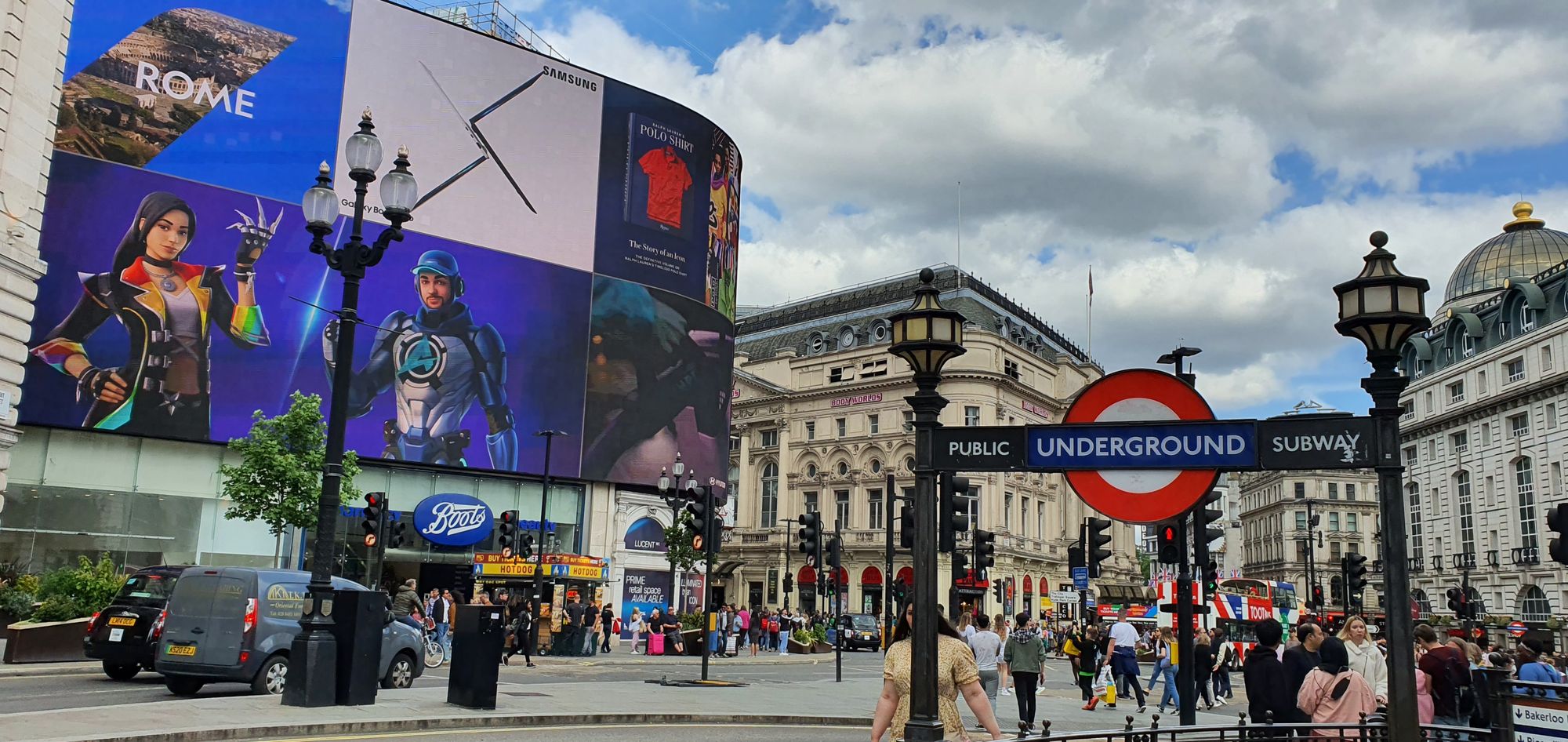
So you have decided to visit London but only for a few days. This blog will not only tell you which places you MUST visit in London, but also guide you with routes you can take if you want to explore as much as possible in very little time.
The below route will take you through London most iconic places and touristic monuments. These are perfect for photography, general culture and beautiful architecture.
Please note that this is just a recommendation that you may or may not follow. Also be aware that there is a lot of walking involved which is also how you best get to know every corner of the city =) (blue line below is public transport).

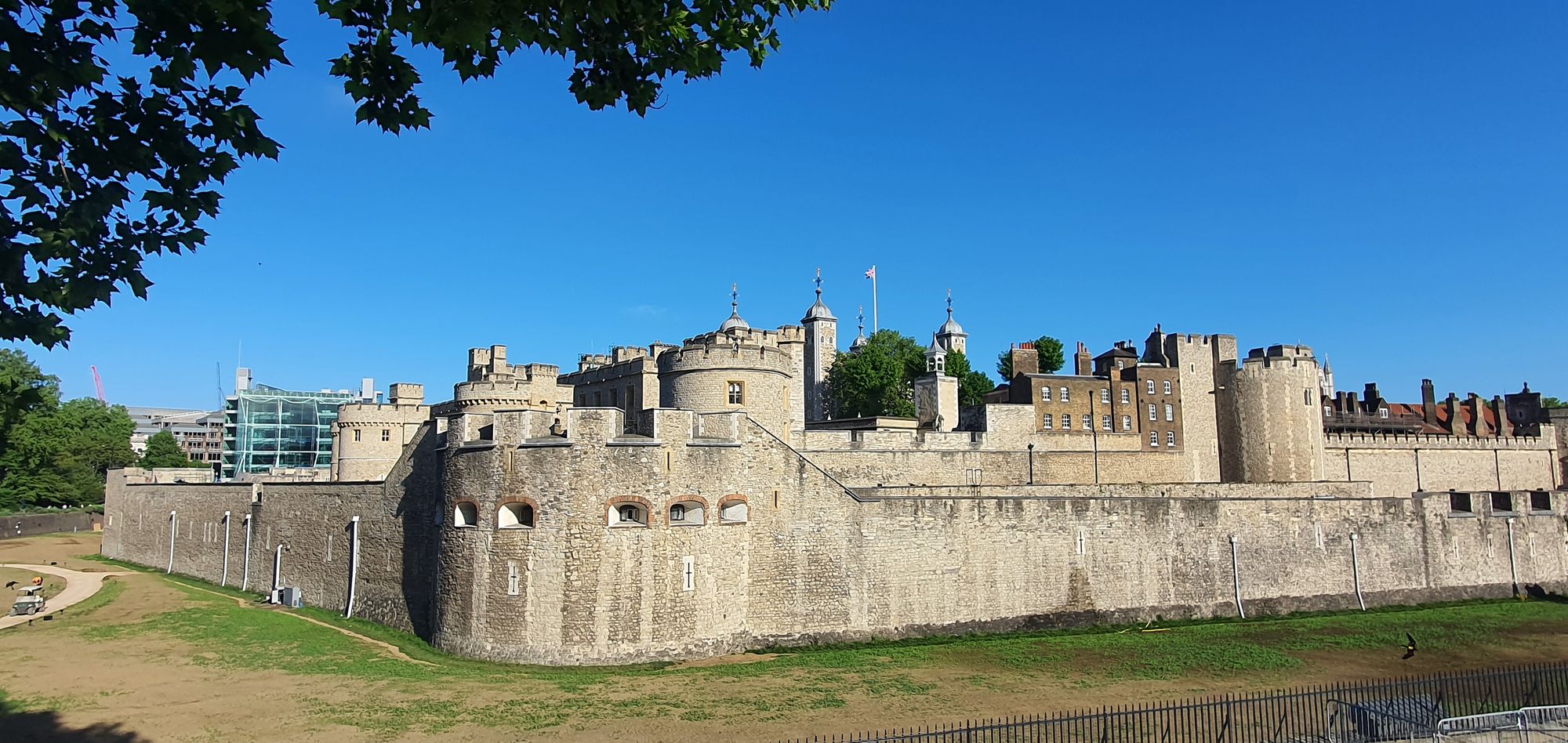
Located on the north bank of the River Thames, the Tower of London has been a royal residence since William I gifted it to his friend and supporter, Geoffrey de Mandeville. The castle has been used as a fortress and prison for over 1,000 years, making it one of Britain’s most iconic landmarks.
The first thing you should do when visiting this historical landmark is take in its views from across the river at St Katharine's Dock. From here you will see how much history is contained within its walls!
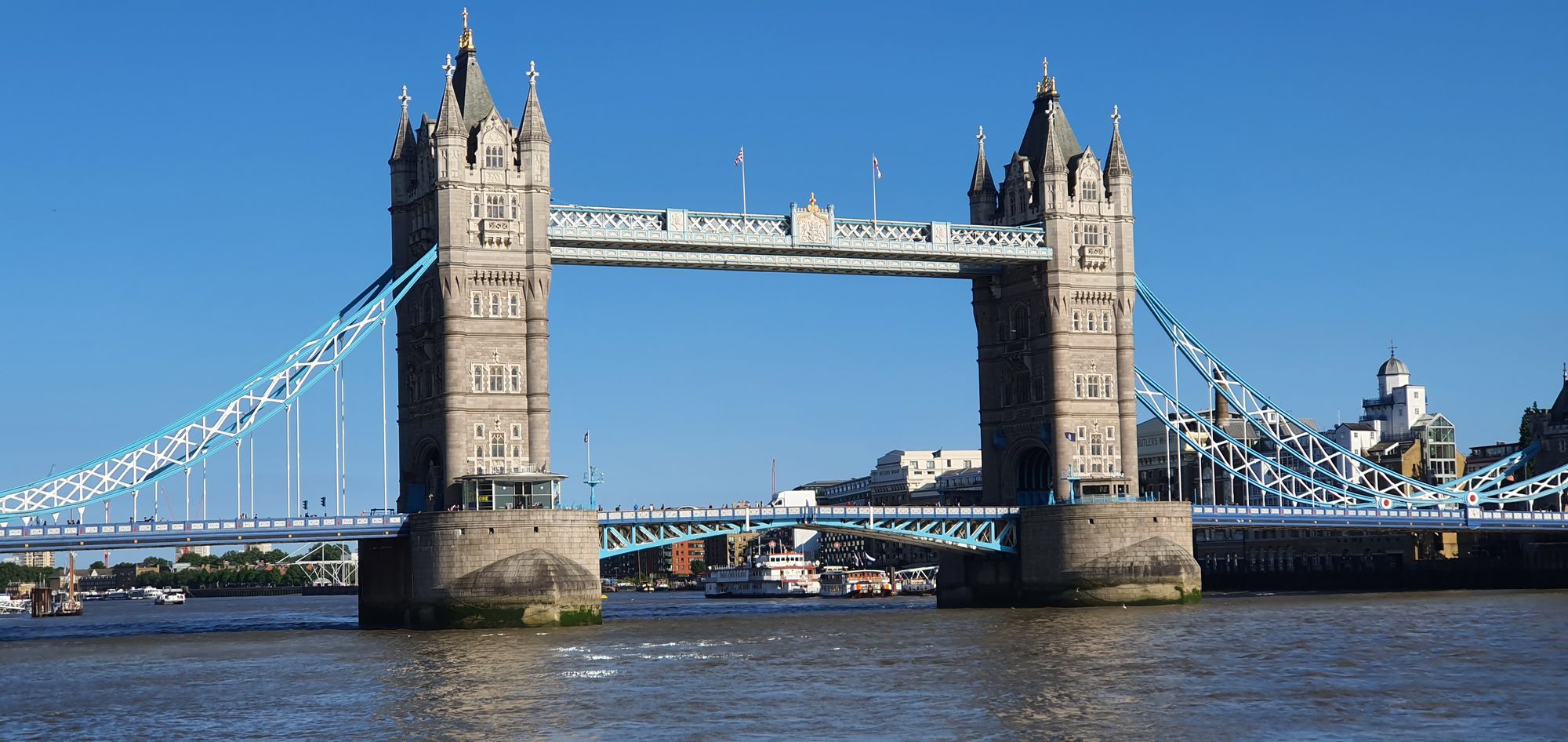
Tower Bridge is also known as the "Lifting Bridge" because it lifts up to allow boats to pass underneath it. It was built in 1886 and is a symbol of the city. The bridge has a total length of 183 meters (200 yards) with four towers that are about 11 meters high (37 feet). The bridge is over 100 years old, and has been designated a Grade I listed structure by Historic England.
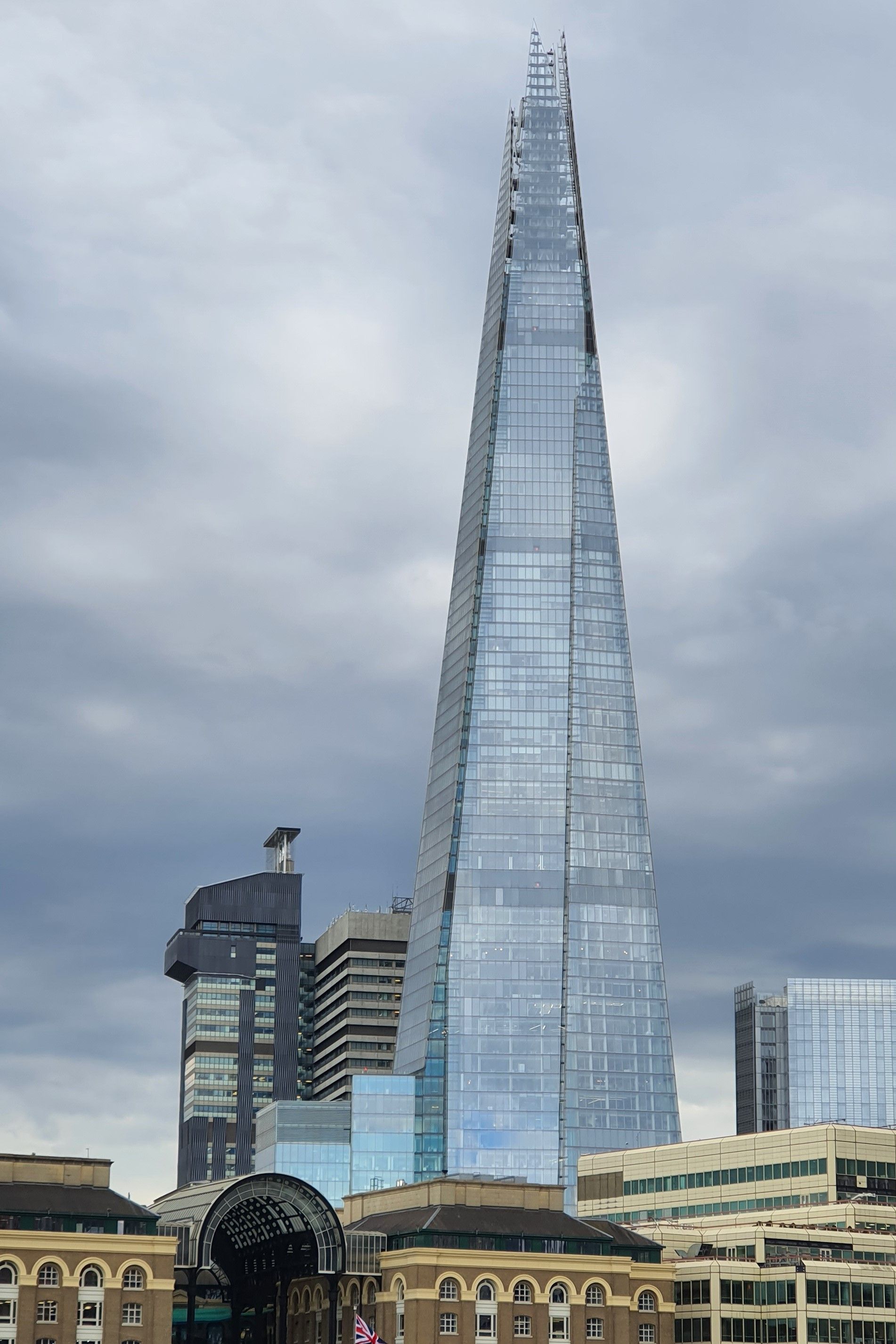
The Shard London is a skyscraper that was built in 2012, and it's the tallest building in Western Europe. It was designed by Renzo Piano, and it stands over 1,000 feet (305m) tall. The building was designed to be an office building, but it also has apartments, restaurants, and luxury shops.
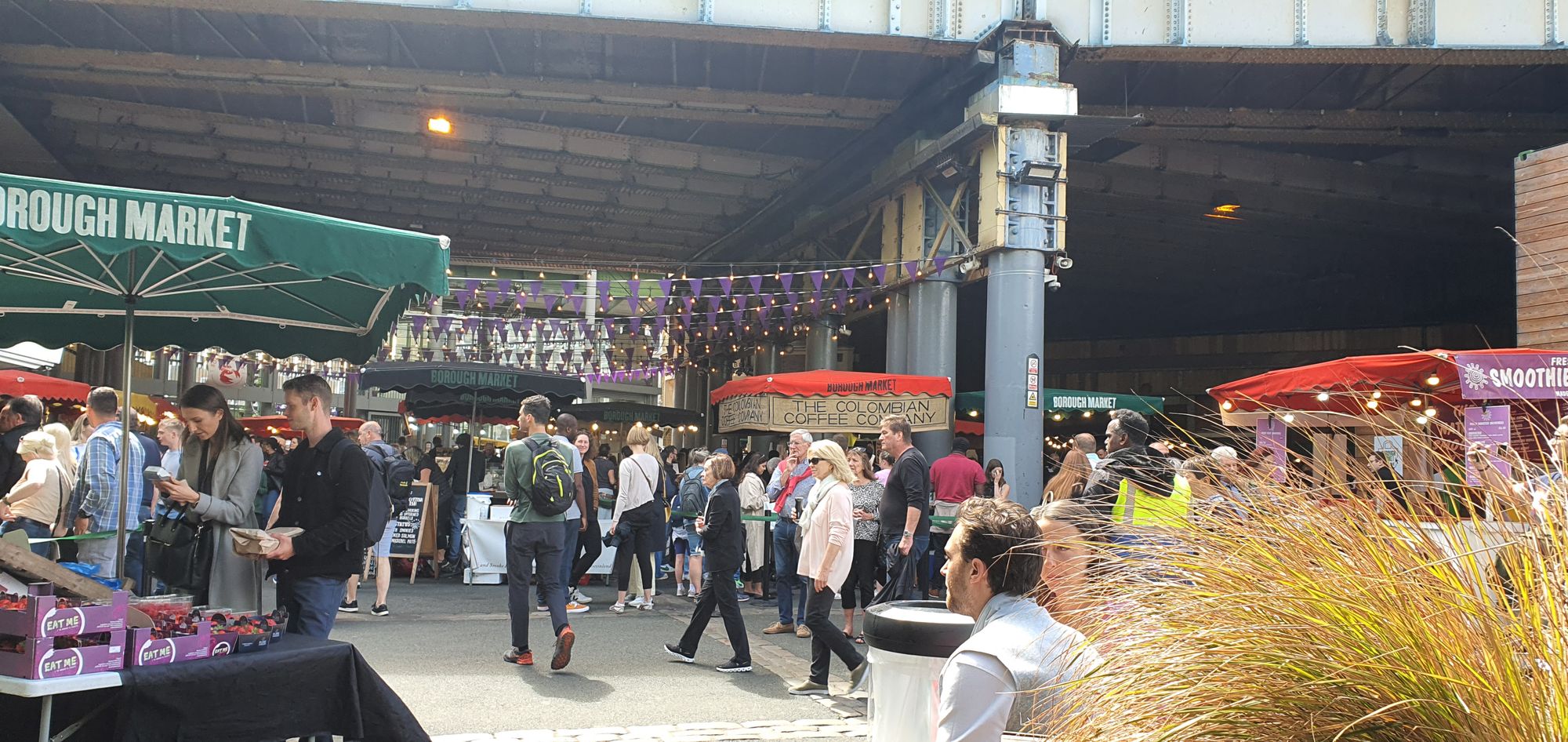
You'll find Borough Market in the center of London, very near to The Shard described above, and it's open on Saturdays and Sundays. It's a great place to buy food and drink, as well as to eat. There are also many restaurants nearby.

A replica of Shakespeare's original theater with modern materials and techniques. The theater has been open since 1997 and hosts many plays throughout the year. It also hosts plays based on works by other writers from his time period.
The theater is open to visitors throughout the day, but tickets are often sold out for evening performances.
If you're in London and interested in art, the Tate Modern should be on top of your list. Located in the old Bankside Power Station, this art museum has a variety of exhibitions on display. The museum has ramped up its programming over time; currently it holds up to four major exhibitions per year and often hosts special events like talks by artists or curator-led tours.
The museum is free to visit and open daily from 10 AM - 6 PM (7:30 PM on Fridays).

One of London's most famous landmarks, along with Tower Bridge and Westminster Bridge. It is popular with tourists because it offers great views of the city skyline and has an interesting history behind it too!
It opened in 2000 and uses a special type of cable-stayed bridge that is designed to flex with wind and other movements in order to prevent damage to the structure. The bridge connects Tate Modern museum described above with St. Paul's Cathedral.
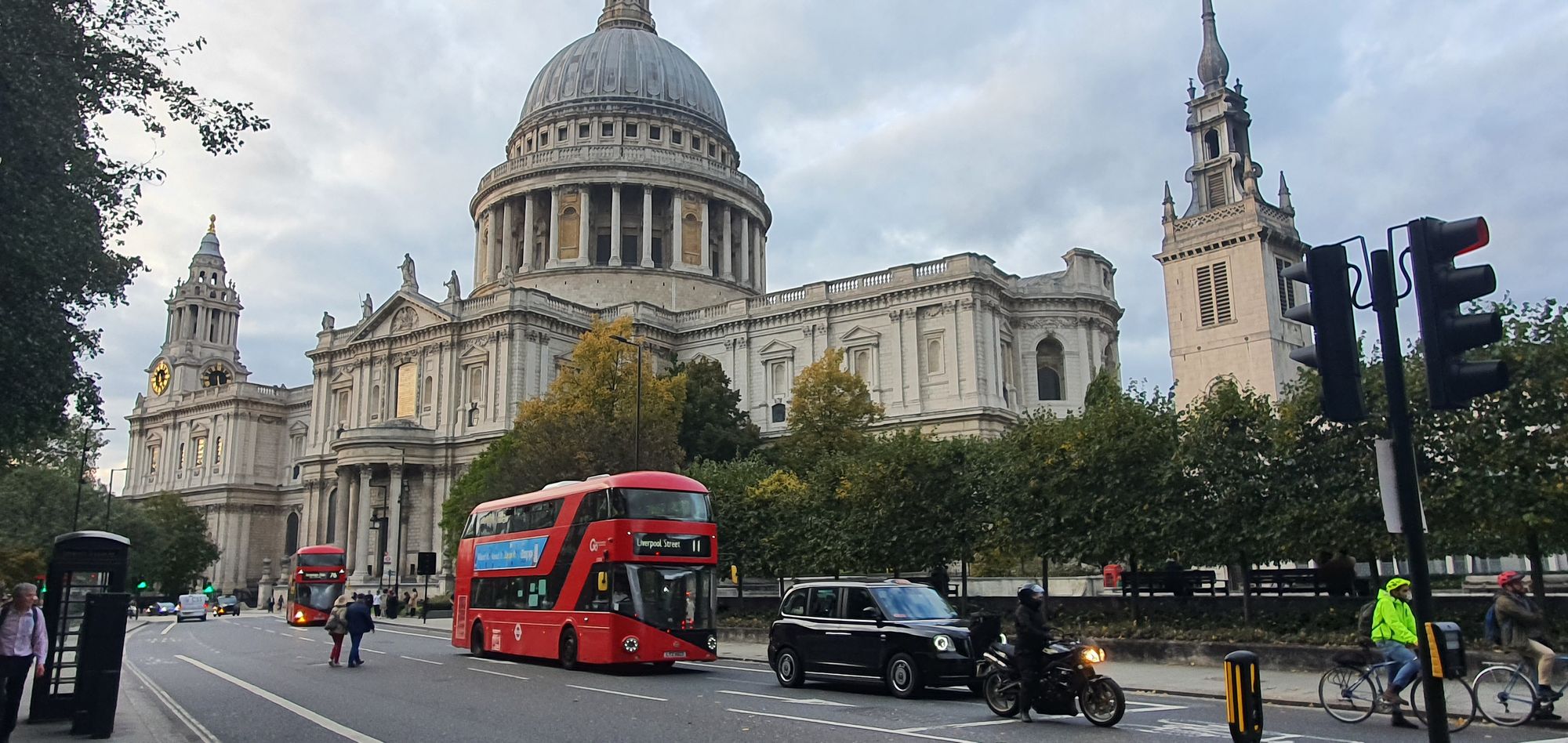
You might have heard of St. Paul's Cathedral, or "the Dome," as it's commonly known. It is a church in London, and it is the second-largest cathedral in the world. Its dome is often said to be England's most iconic landmark.
In fact, until 1960 it was both the tallest building in London and one of its most important churches—and even after that time, its grandeur has remained undiminished (it still holds both titles). If you're looking for an unforgettable experience during your trip to London, visiting this beautiful place will give you just what you need!

One of the most popular shopping streets in London, England. It's also the oldest, having been established in 1690 by Charles II. The street runs from Marble Arch to Tottenham Court Road and is about 1 mile long.
Oxford Street is popular because it's easy to get to from all over London, and it has a lot of shops for people who want to shop at high-end brands or go on a shopping spree.
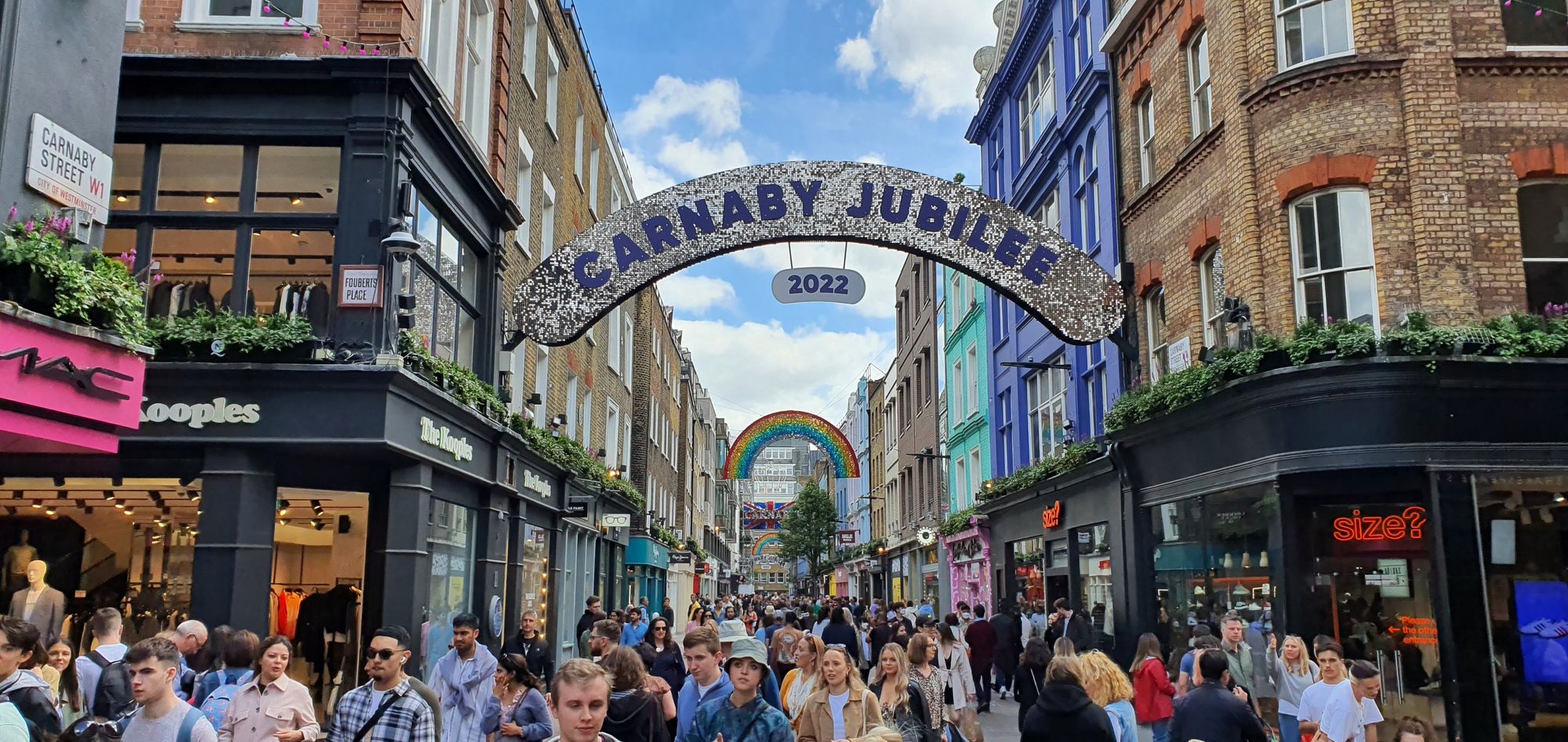
Popular shopping destination for Londoners and tourists alike. The street became known as Carnaby St. in the 18th century when a number of shops opened up along it.
The street is a place where you can find all kinds of unique clothing, jewelry and accessories for men, women and children—not to mention some great food options if you're hungry!
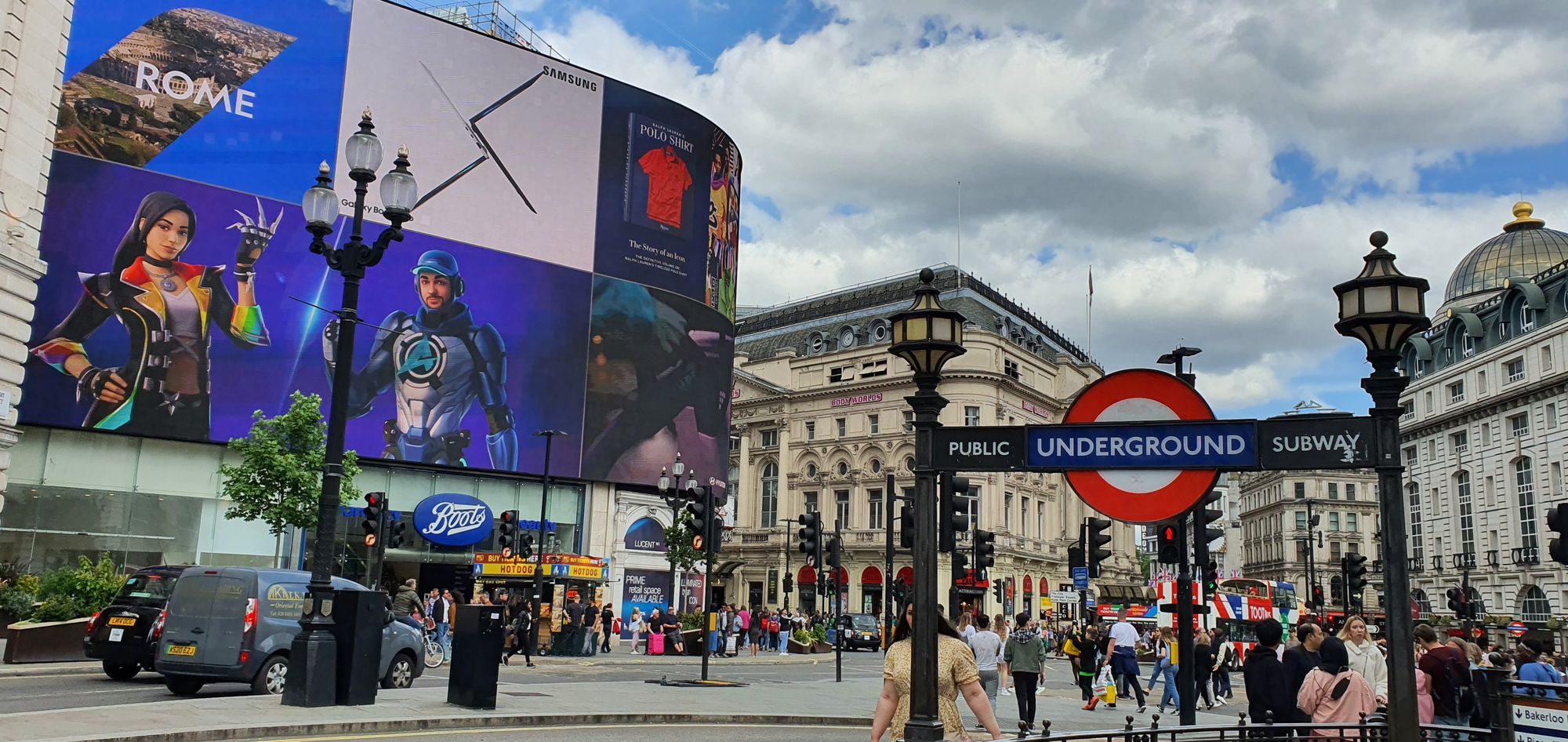
London is a city of many wonders, and Piccadilly Circus is one of its most famous landmarks. It's the meeting point for many of the city's most popular and famous streets, including Regent Street, Shaftesbury Avenue, and Charing Cross Road.
It is home to the world-famous Trocadero and Regent Street, as well as the site of a number of other attractions that draw big crowds every day.

Covent Garden is a popular district in London, known for its restaurants, shops, and street performers. It has been a part of London since the 1630s.
Originally intended as an open-air market, it was built around a piazza that still stands at the heart of the district today.
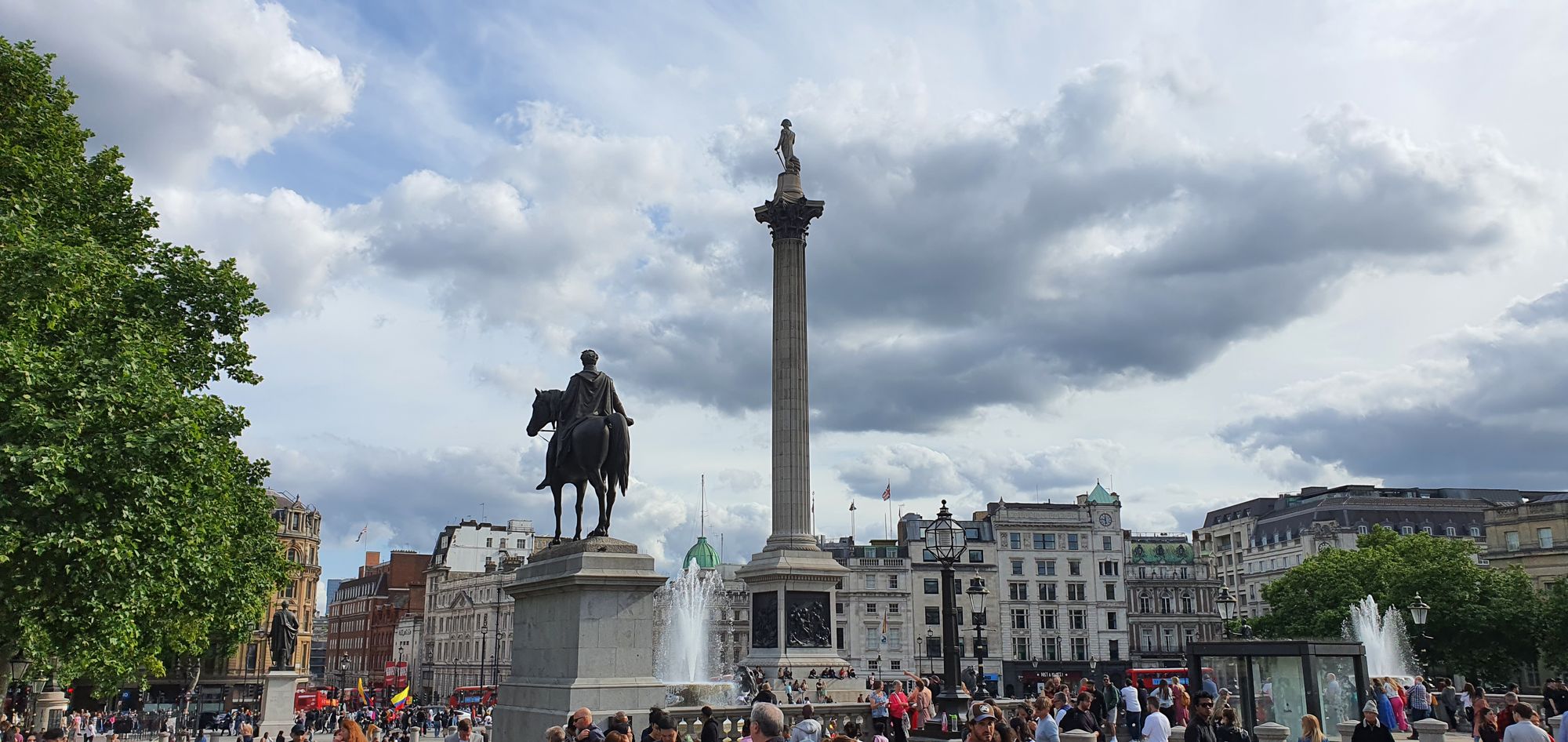
Trafalgar Square is one of London's most popular tourist destinations, so it's no surprise that this is one of our favorite places to visit. The square serves as a public space and contains several monuments that commemorate important events in British history.
The Trafalgar Square area includes many famous buildings like the National Gallery, which features artwork from throughout history.

The London Eye is the world's largest Ferris wheel, and at 135 meters tall it's also one of the tallest structures in Europe. It features 32 capsules that can hold up to 25 people each, giving you a unique view of London from above.
The ride takes 30 minutes to complete one rotation, and on clear days you'll be able to see 25 miles in all directions while riding it!
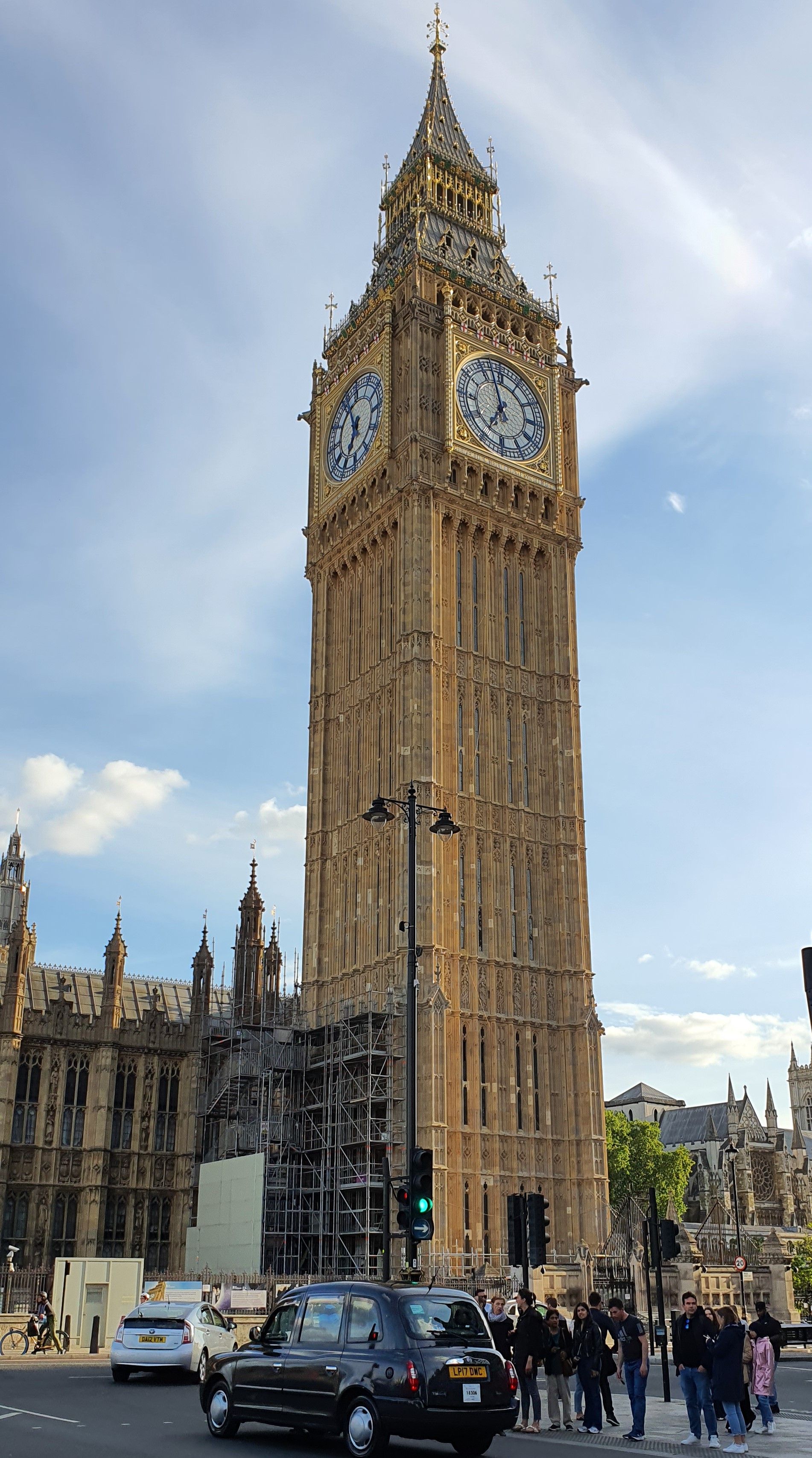
If you want to take in some of London's most iconic sights, Big Ben and Parliament is a must. This clock tower was completed on May 18, 1858 and was originally known as the Clock Tower (Big Ben is the name of the bell inside). The tower is 315 feet (96m) tall, making it London's third tallest building. It's located within Westminster Palace and has been home to both houses of British parliament since 1834.
Soak up some history while learning more about this landmark by visiting Parliament Square besides it, where you'll find a statue of Winston Churchill who served as Prime Minister during World War II from 1940-1945.
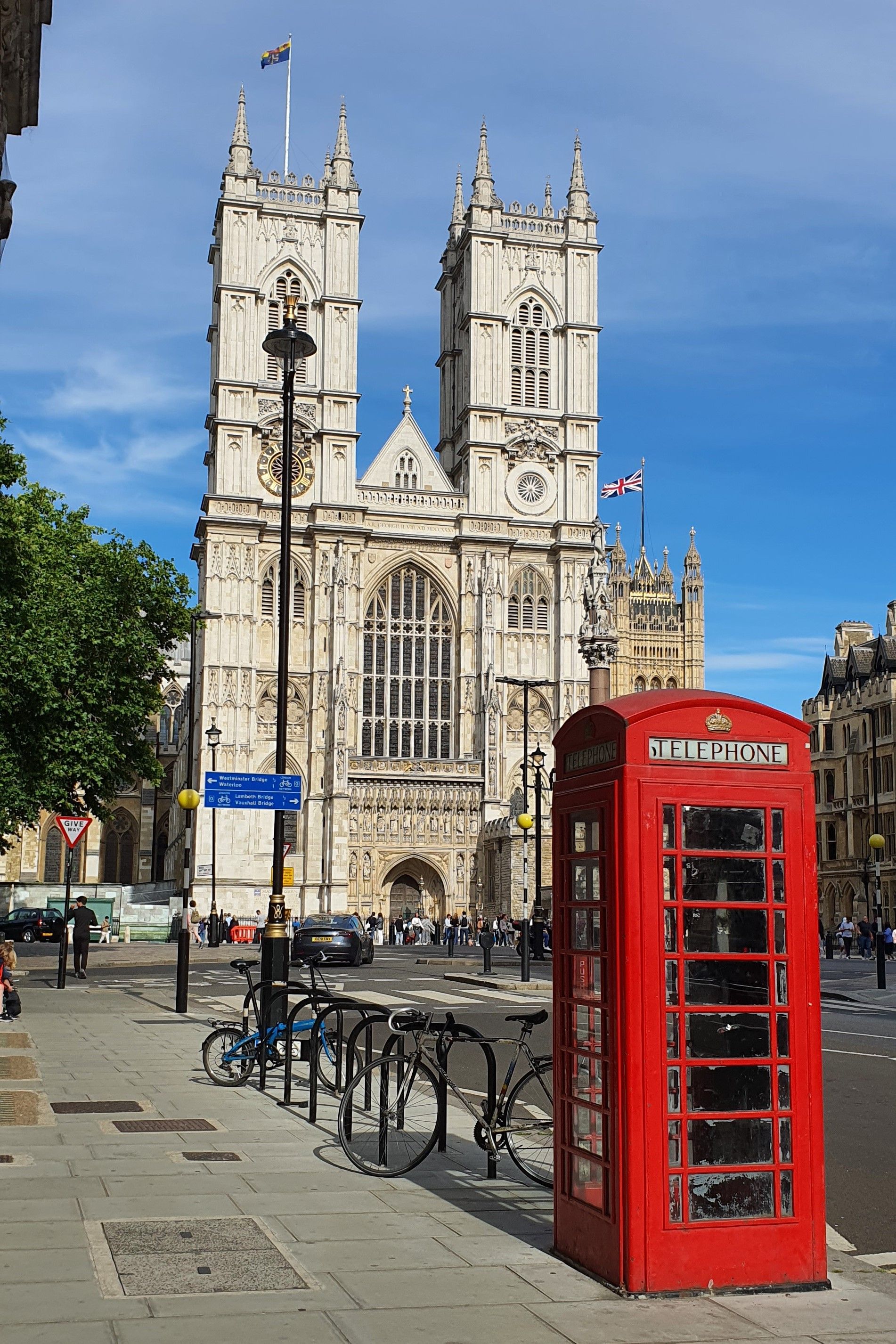
In the heart of London, Westminster Abbey is a place of worship dedicated to the coronation of English and British monarchs, as well as royal weddings. The building is famous for its architectural details and highly important historical connections. It was founded by Edward the Confessor in 1065 out of an existing monastery, which he personally endowed with many treasures. Over the next 800 years, it grew into one of Europe's greatest cathedrals.
Here are some famous features:

10 Downing Street is a historical building in London that's best known for being the home of the Prime Minister since World War II.
A few minutes walk from it, you will find the Horse Guards Parade which is a historic site in London, England that has been used for military parades since the 17th century.
Horse Guards Parade is one of London's most popular tourist attractions because it offers visitors a chance to see military traditions that date back hundreds of years. The site also hosts many popular events throughout the year including Trooping the Colour (an annual parade held to mark Queen Elizabeth II's birthday).

Connected to the Horse Guard Parade you will find St James's Park - a royal park in the City of Westminster, Central London. It is overlooked by Buckingham Palace, and lies within the St James's district.
Buckingham Palace is the official London residence of the British monarch and a working palace. Its history stretches back to 1703, when it was purchased by John Sheffield, Duke of Buckingham and Normanby. The original building consisted only of a single storey and was known as Buckingham House. It was expanded in 1825 by architect John Nash into what we know today as Buckingham Palace.
Since its completion in 1837, no monarch has ever lived anywhere else during their reign (with one exception: King Edward VII lived at Windsor Castle during his brief time on the throne). Since then, it has been home to all but two reigning queens: Victoria (who spent most of her life at Windsor Castle), and Elizabeth II who did not move into Clarence House until after she married Prince Philip in 1947 (she also spent much time at Balmoral Castle).
Hyde Park is a large park in central London that is popular with both locals and tourists. The park stretches from Oxford Street to Bayswater Road, covering a total area of over 350 hectares (890 acres). Hyde Park is divided into two parts by the Serpentine lake: the Long Water runs east-west across one side of the Serpentine, while The Broad Walk runs north-south along the other side.
It is home to many great attractions including Kensington Gardens, Constitution Hill and Speakers’ Corner. It’s also famous for its annual events such as Celebrate Culture which takes place every September where local communities come together to celebrate their heritage through music and dance performances on stage!
London is a great city to visit, especially if you've got one day to spend. In fact, it's a great place to visit for as long as you want! You can really get the feel of London in just one day but it's also worth staying longer too (we recommend at least a weekend).
I hope that this article has given you some ideas for what to do and where to go.